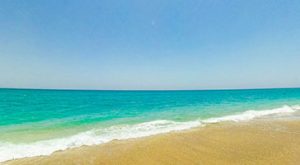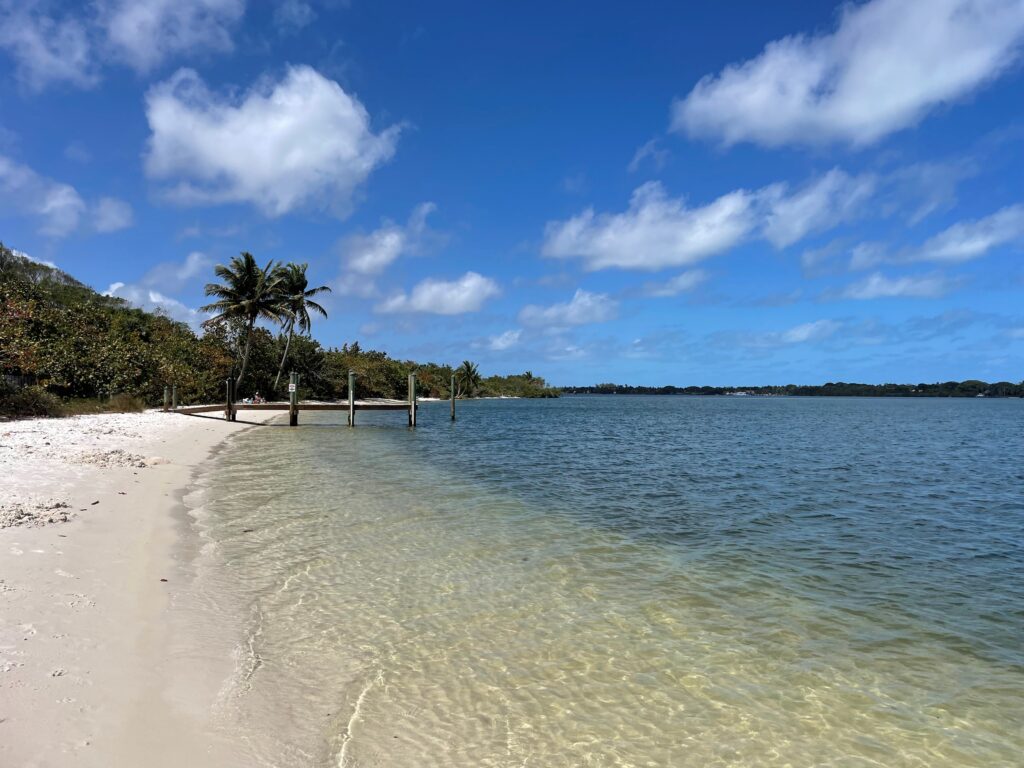

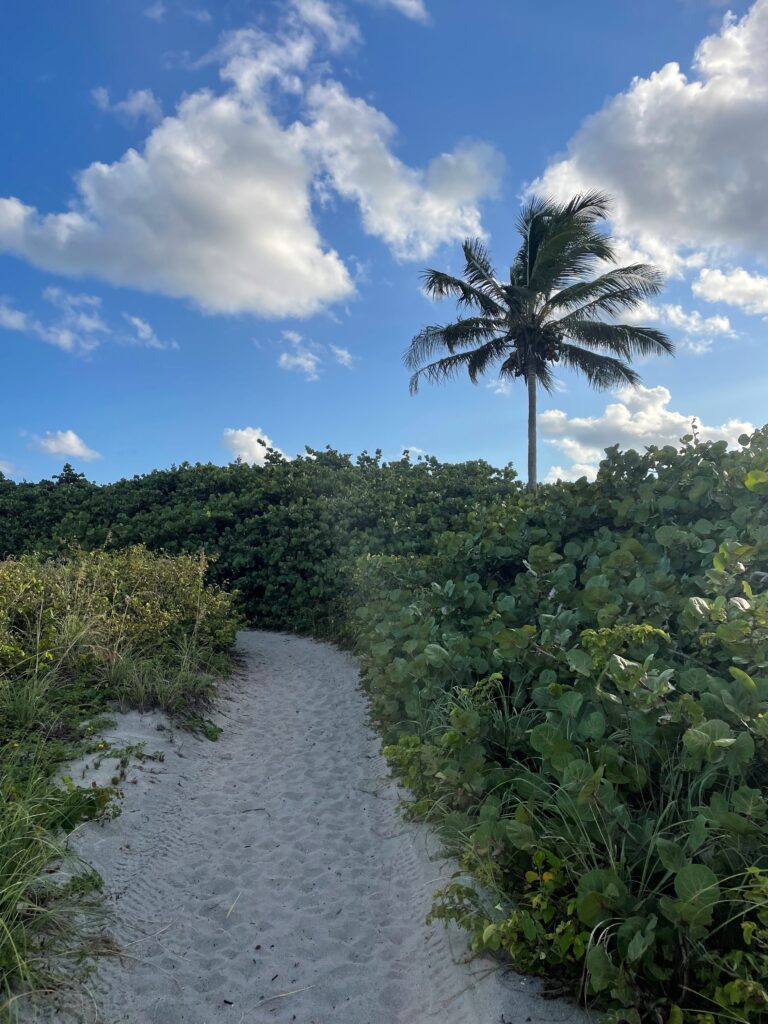
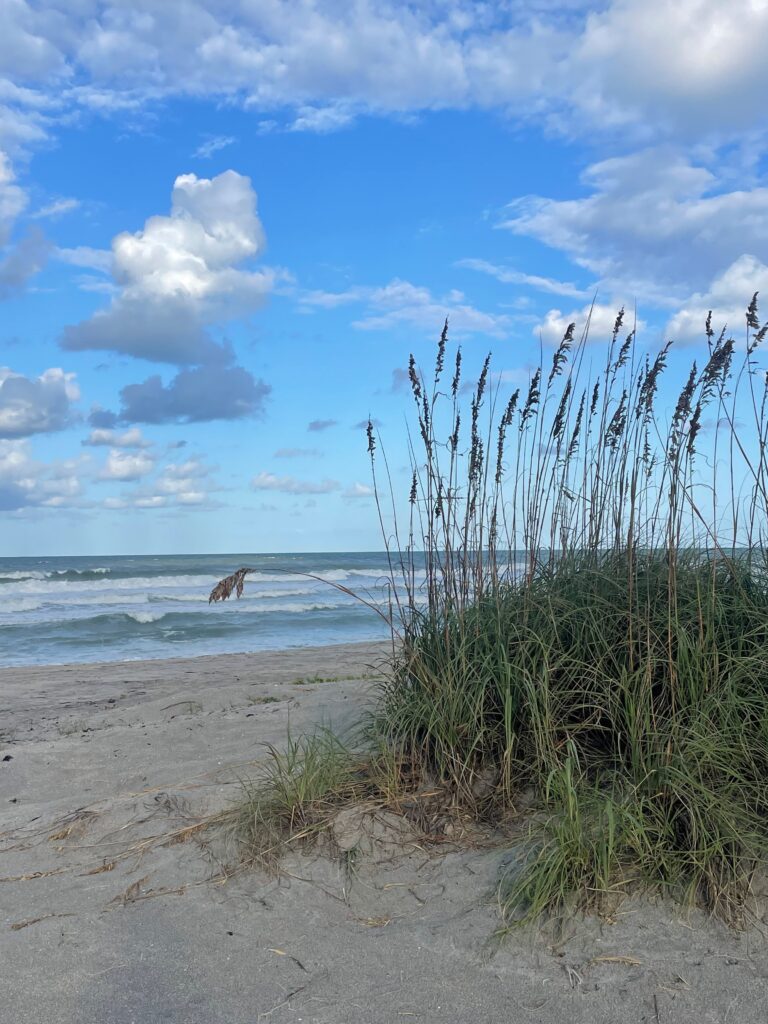
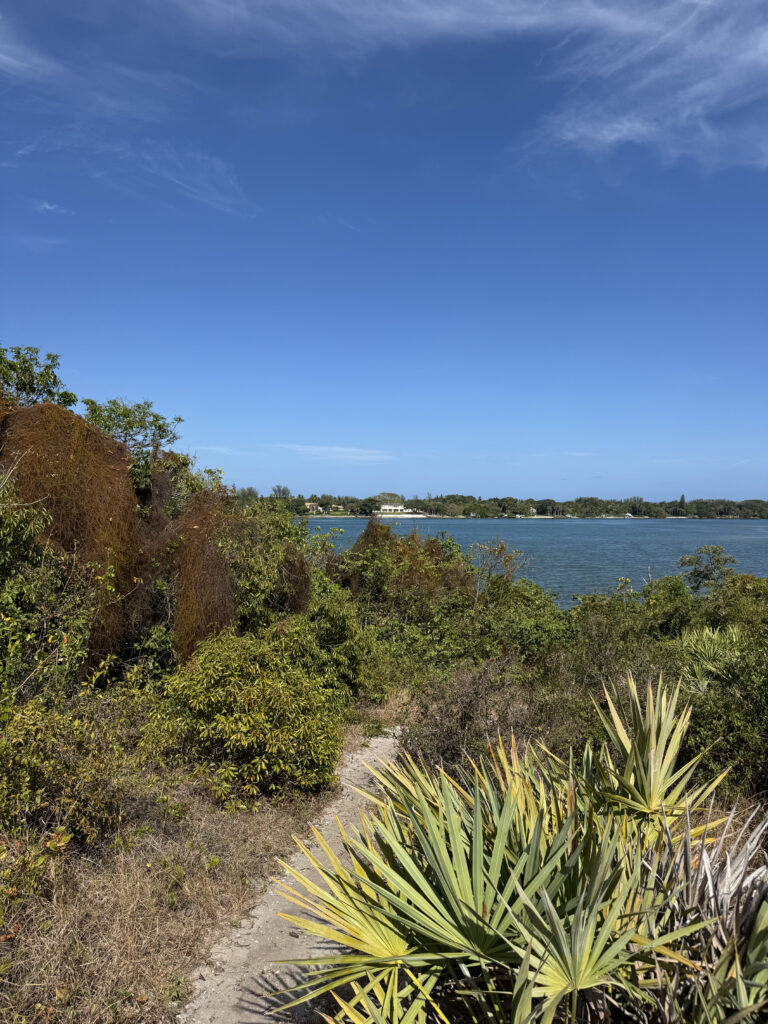
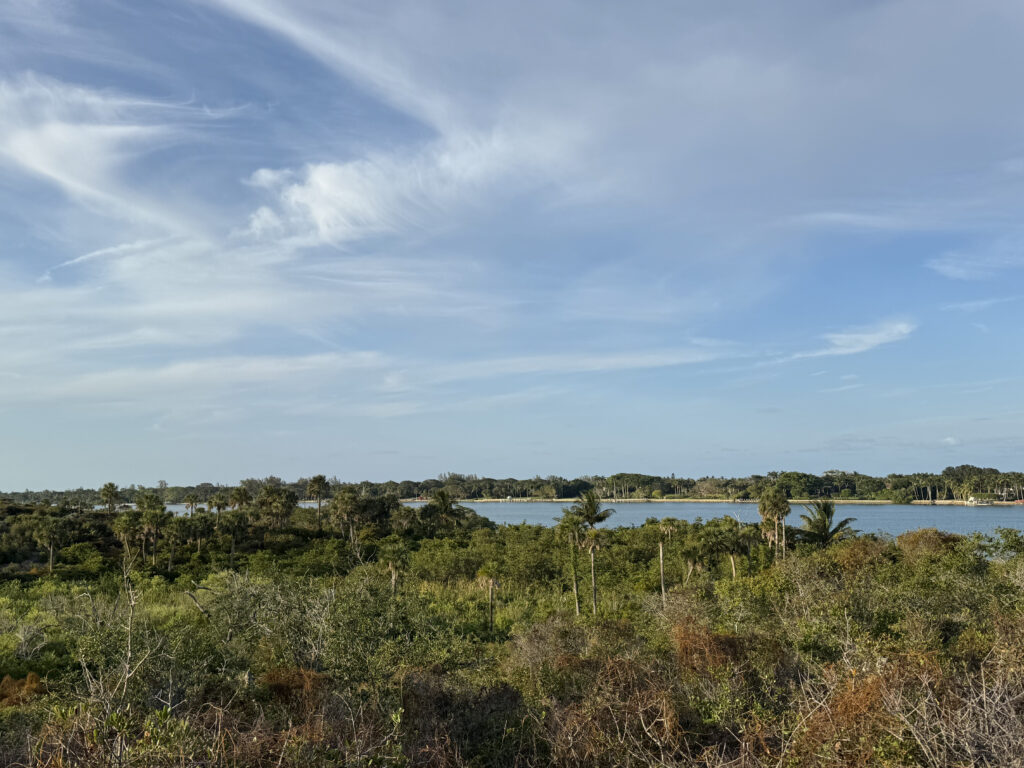
The Hobe Sound National Wildlife Refuge is world renowned for being not only one of the most productive sea turtle nesting area in the U.S. but also for containing the largest contiguous segment of undeveloped beach in Southeastern Florida. The Refuge is made up of two separate tracts of land totaling over 1000 acres, with 735 of those on the barrier island (3.5 miles of beach) just south of the St. Lucie Inlet Preserve State Park. The other portion, across the Indian River Lagoon, contains the headquarters and visitor center- The Hobe Sound Nature Center. Here you can learn about the Refuge, check out the gift shop and meet an array of wildlife ambassadors. There is also a beach along the lagoon and a nature trail loop at the Nature Center.
Please follow Leave No Trace and keep our natural areas in Martin County healthy, clean, and enjoyable for everyone.
More about this refuge:
Part of the Explore Natural Martin Eco Trail , an interactive passport featuring our best natural areas.
Recognized as a wildlife hotspot on the Great Florida Birding Trail
Included as an accessible site on Wheel the World
Visitors to the Hobe Sound National Wildlife Refuge participate in the BARK Ranger program






